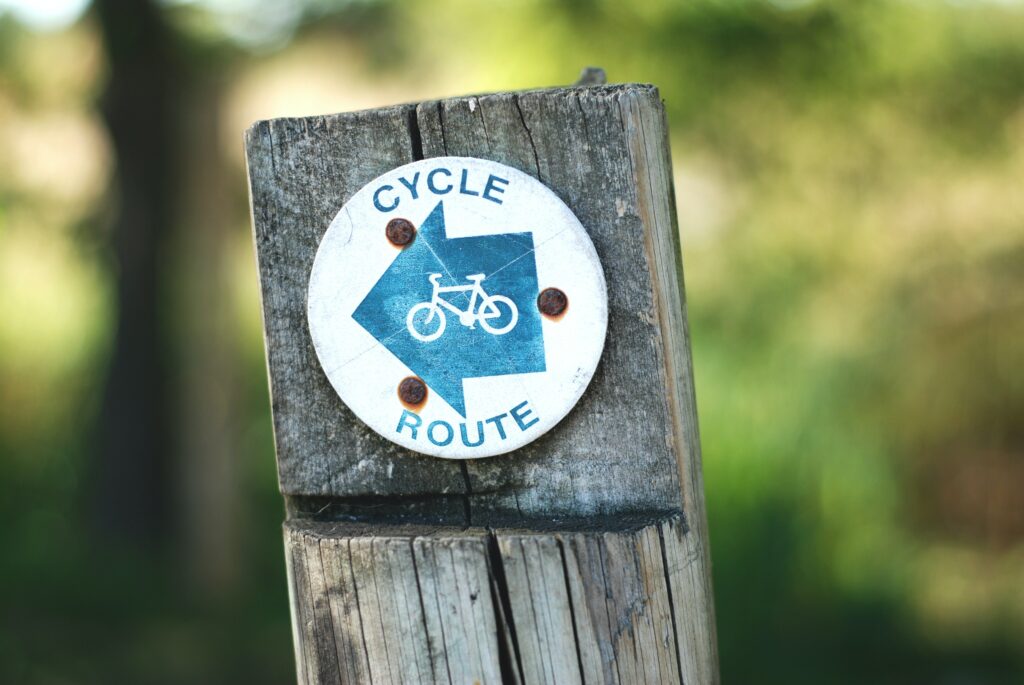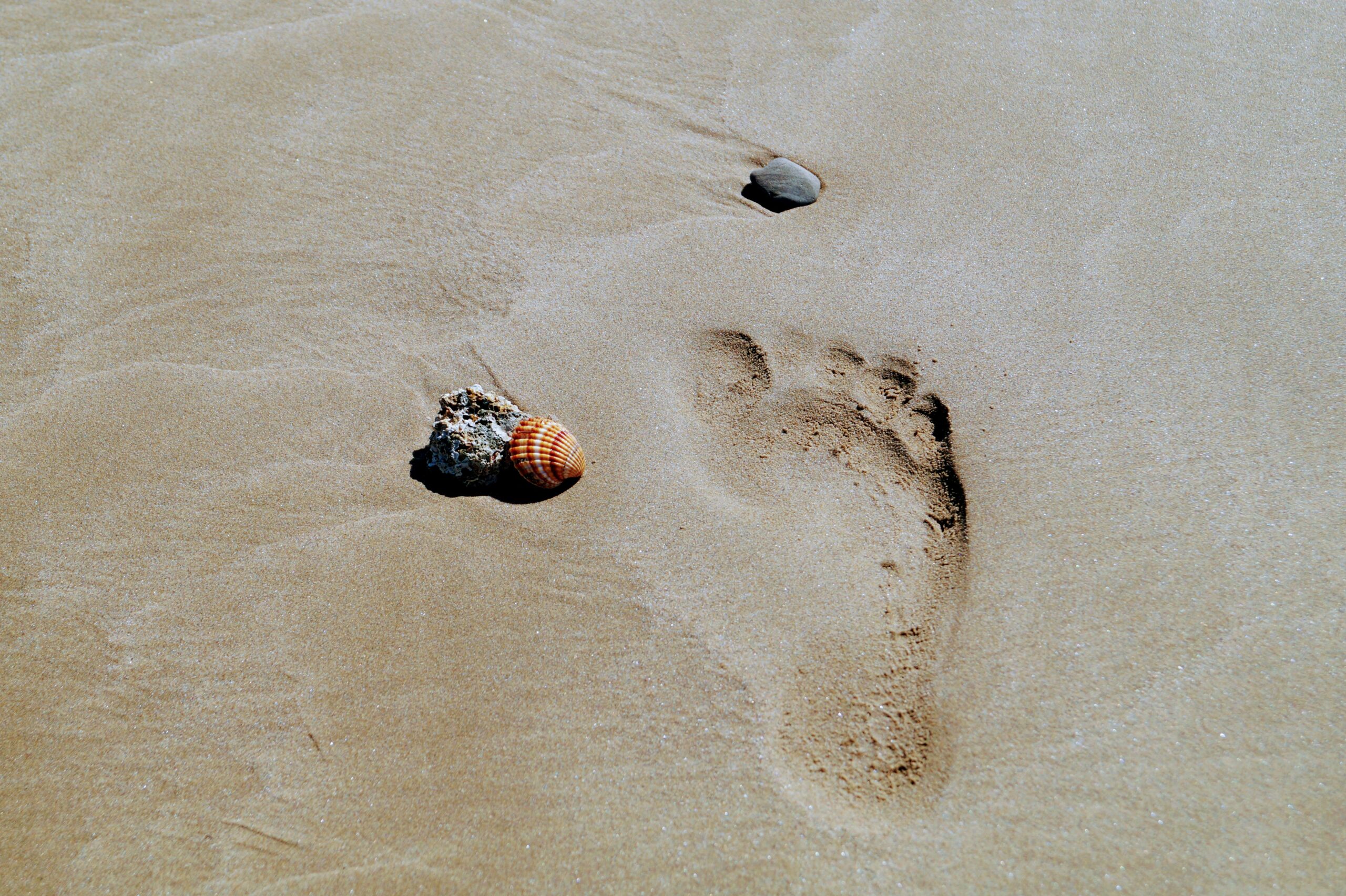With the threat of climate change being more visible by the day, there have been countless drives and initiatives to introduce a zero-waste lifestyle. By reducing the waste we generate, we hope to contribute less to the trash going to the landfills.
However, traveling is often associated with a fast-paced lifestyle marked with convenience. As such, we used to believe that plastics and disposables are a non-negotiable part of going from place to place – but not anymore. Here are five simple tips for your next zero-waste travel:
#1 Prepare reusables
Remember the last time you went on a trip and recall how many plastic bags and bottles of water you had, the same with the cups of coffee on paper cups. All these contain single-use plastics, which compose the majority of the plastics in landfills. From disposable bags, bottles, utensils, straws, and even packaging, these are items that take decades or even centuries to break down. Most of them are not readily recyclable and require specialized equipment and processes to do so, if at all. So reusable items are a good start for you to avoid excessive plastic use.
If you plan to go shopping, bring your own reusable bag. Even if you’re just looking around for small presents or souvenirs, make it a habit to bring a small reusable bag with you. Most of them can be folded to fit in your pockets anyway. Similarly, you can bring your own flask, tumbler, or cups to save on disposable containers. If you’re on a particularly tiring adventure, a reusable flask not only cuts down on plastic bottled water but also saves your money since refilling is an accessible option.
You can also politely decline plastic utensils that come with your meals wherever you go and instead use your own set of utensils. While it takes some getting used to, plus the need to clean them up after every use, remember the number of plastics you will save over time.

#2 Plan your travel
You’ve probably heard someone say that it’s better to bring something and not need it than to need it and forget to bring it. That sounds practical but even better, bring only what you need. This way, you can travel lighter and carry fewer containers. Additionally, less baggage means less time waiting at the baggage claim and fewer tags and stickers needed at the airport.
If you’re looking to visit multiple places in one trip, make sure to prepare your itinerary efficiently. You wouldn’t want to miss a place or visit a location over and over again. Check out itineraries, schedules, and routes available to help you make the most of your travel. Cross-reference with maps and weather forecasts, similar to how logistics companies use tools to optimize shipping routes and cargo schedules. Account for weather conditions and expected traffic for the particular day you plan to visit that specific spot.
Also, a well-planned trip means that you can prepare your documents ahead of time. Going paperless is a great way to reduce the carbon footprint when traveling. Instead of carrying your boarding pass, tickets (bus, plane, or train), receipts, maps, or even your itinerary notes in hard copy, save them on your devices. Most of these documents can be downloaded or photographed on your phone or tablet. You can even save up on space by keeping digital copies of books and magazines if you’re the type to go reading while on travel. Not only do you help the environment, but you also save space on your luggage and you can’t lose these documents or books since you can always back them up on the cloud.
#3 Choose your travel agency
While they are currently few and far between, there are tour companies that are doing away with plastic. Going with them and letting others know about them is a great way to promote zero-waste travel as a corporate commitment for travel agencies and tour companies. Aside from promoting travel to natural locations, parks, and reserves, these companies expressly forbid the use of single-use plastics such as straws and water bottles during their trips. One such travel agency, Natural Habitat Adventures, aims to fit all the waste produced by their travel group into a single small container.
Of course, these travel agencies will provide their guests with reusable cutlery, washable handkerchiefs, and biodegradable food bags made of silicone. However, if you can bring your own reusables, then you help save resources. Pulling off a zero-waste travel itinerary can be incredibly challenging, and you can help these companies spread the good word by mentioning them in your next social media post.

#4 If possible, skip the car
Sometimes, traveling includes staying in a lodge or an inn and going around to explore a city. While ride-hailing services are comfortable and convenient, you might want to reconsider more environmentally-friendly options. If your destination is not that far, you can walk or ride a bike. Not only do you save on cash, but you also help the environment by cutting down on carbon emissions from cars – and you get free to exercise as well!
For more distant travels, choose public transport whenever possible. Instead of taking a cab, go for a bus, train, or even trolleys. An average bus carries about 50 passengers. If most of them travel alone or with a single companion, then a single bus could take some 30 to 40 cars off the road and with them, their fuel consumption and the smoke they emit as they run.
Conclusion
Traveling doesn’t have to leave a trail of plastic and waste behind. With these four simple tips, you can make sure that your next adventure will only leave behind memories and no negative impact on the environment. Strive to be a sustainable traveler, set a good example to others, and together we can make a positive difference.






